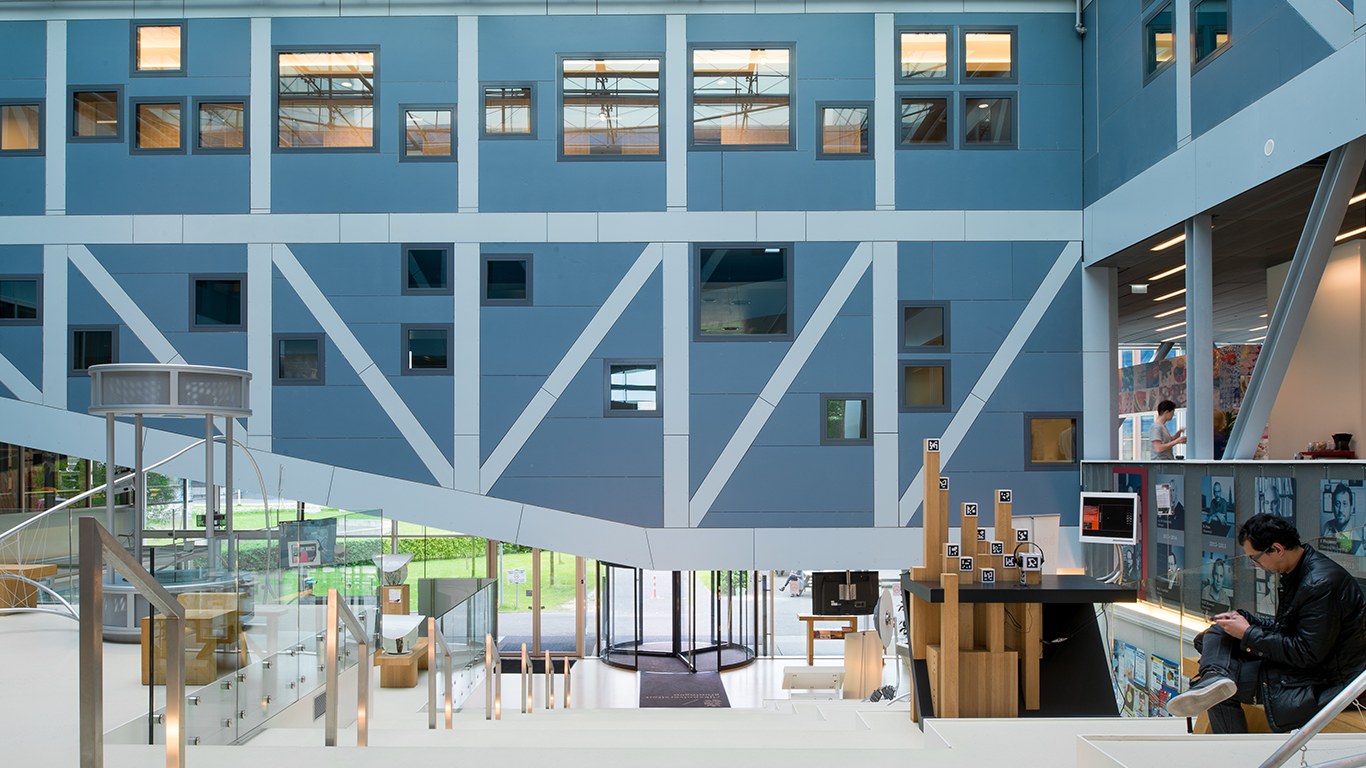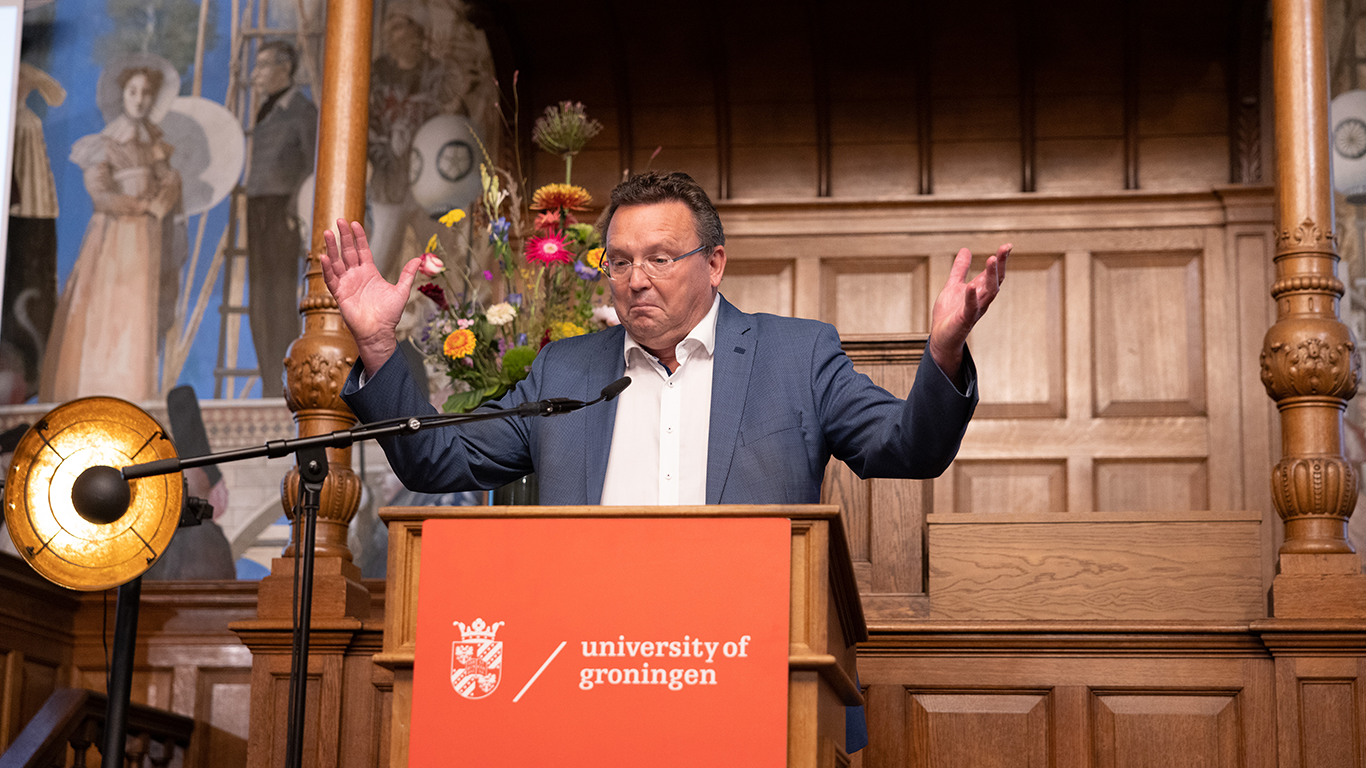TopDutch colleges in €450 million plan to boost microchip talent
The global microchip race is on and, in Europe, the Netherlands is in a leading position. Dutch businesses and knowledge institutions are among some of the most important in the bloc’s cutting-edge chip cluster. In order to safeguard our position as an attractive business environment for the semiconductor industry and its suppliers, the Dutch government has laid out a €2.5 billion package to boost education, knowledge and spatial infrastructure for the sector. Among that includes €450 million of investment in vocational and professional talent, in which the University of the North is playing a steering role.

The availability of vocational, professional and academic talent is a crucial precondition for a strong chip industry in the Netherlands. To secure this into the long-term, the national government will be making €450 million worth of additional investments in talent development through 2030, and €80 million annually after that. The goal is to rapidly increase enrolment in appropriate engineering courses - for example by recruiting more school leavers and encouraging more experienced professionals to retrain. In addition, the plan wishes to diversify the population of engineering students, to make sure the best talent is encouraged into the sector, regardless of their gender or background.

University of the North
In order to fine-tune this investment into a strategic talent development plan, the government has turned to knowledge institutions in four regions, including the TopDutch region’s University of Groningen and their vocational and higher professional education partners in the University of the North. The partners will work together with the industry on a detailed national reinforcement plan, to be delivered by July 2024. “It is good to note that we are being regarded nationally as an institute that can help realize the desired leap in the chip sector,” says President of the Board of the University of Groningen, Jouke de Vries. “We are keen to strengthen and build on that position”.
It is good to note that we are being regarded nationally as an institute that can help realize the desired leap in the chip sector.
Jouke de Vries, President of the Board, University of Groningen.
The aim of the national reinforcement plan is to firmly increase the number, quality, and diversity of students in the semiconductor sector, while giving an impetus to public-private partnerships. The four regions are tasked with coming up with a plan to that end. The University of Groningen and its University of the North partners are ready to contribute to training more engineers,” says De Vries. “We are ready to jointly boost the whole education and research spectrum, from vocational education (MBO) to higher professional education (HBO) and university education (WO). Minister Dijkgraaf paid a working visit to Groningen and was impressed by the regional collaboration. This way, the alliance will continue to grow”.

Boosting the national ecosystem
The Netherlands is already home to some major players in the semiconductor industry and its suppliers. For example, ASML – one of the most important manufacturers of the lithography technology needed to produce advanced chips – is headquartered in North Brabant. In the TopDutch region, a project group from the University of Groningen has started identifying the needs of companies like ASML and evaluating how their research and educational programs can contribute to strengthening the chip sector. This decade is shaping up to be an inflection point in the TopDutch region’s deeptech sector, and there’s never been a better time for companies to join us in leading the digital transition.

